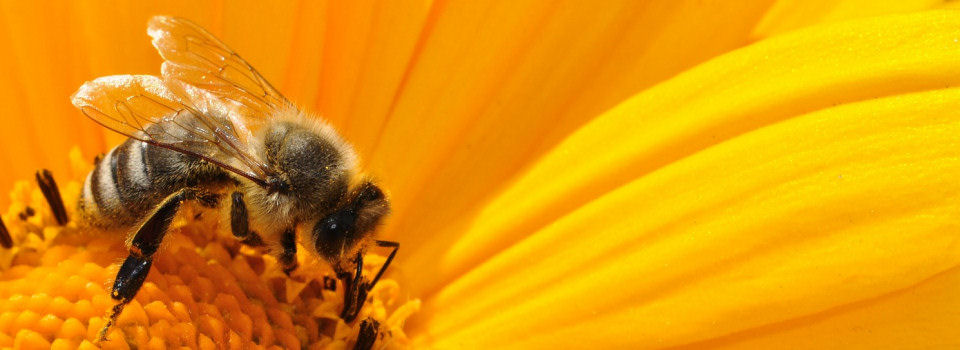Imagine this: You hear the satisfying pop and hiss of fuel igniting as rain hits your window and a cold creeps through the home. Yorkshire fireplaces aren't simply metal boxes; they're the workhorses of home heating that can do more than one thing.
Let's get down to business. You can burn a variety of fuels in a multi-fuel stove, such as wood, coal, peat, and even eco-friendly options like wood pellets or smokeless briquettes. You have options if you don't have enough wood or if you're cleaning out the shed of old coal. Flexibility is the most important thing in this time of changing gasoline prices.
People often get stuck on technical things. Is it possible to use anything in these stoves? Not really. There are several things you need to do. Wood that is wet doesn't burn well, creates more smoke, and can block your flue like sticky honey. Bituminous coal might leave behind bad deposits. If you choose dry, seasoned wood or approved smokeless fuels, you'll be OK.
Why are there so many multi-fuel stoves these days? One reason is that they can help you save money. Your regular heating expenditures go higher, but you get a warm, fire-lit space for a small amount of money. There is also some warmth and atmosphere; nothing beats the flicker of a real flame.
Keep in mind that "multi fuel" doesn't mean "anything that burns," but it does open doors. People use their stoves like slow cookers, with soup boiling next to the crackling heat. If you get too close, you'll be warmer than you thought!
Care is important. Some types of fuel fill up ash pans quickly, so you'll need to empty them often. You can see the flames through clear glass windows, but they also let you keep an eye on how strong the fire is so you don't throw more fuel on it without thinking. At least once a year, have the sweep come and check the seals around the entrance. No one likes to be surprised by smoke or heat that has gotten away.
Want something that has a lot of value for its price? A multi-fuel stove is like your beloved cast-iron skillet: it works well, can be used in many ways, and grows better the more you use it. You have choices if you like harvesting logs in the woods or want to buy bags of coal at the store.
Some people will ask, "Are they hard to use?" Not really! You will learn how different fuels work with a little practice. Wood crackles and warms up quickly, but coal burns slowly and steadily, making it great for keeping warm all night. It's all about mixing and matching, like finding the beat to your own waltz that makes you feel good.
Don't forget about the effect of starting a conversation. Friends come around, and before long, everyone is lured to the warmth and glow, talking about old stories or the rising cost of gas. Your stove is the heart of your home. Just make sure you have a few kinds of fuel on hand. You could even try a new one every season; after all, variety is the spice of life.
A multi-fuel stove might be one of those things you thank yourself for every winter if you've ever wanted greater control over your heating or just want an excuse to poke the fire with those fancy tongs. Don't blame me when your pals start coming over more often for the company and the crackle.

